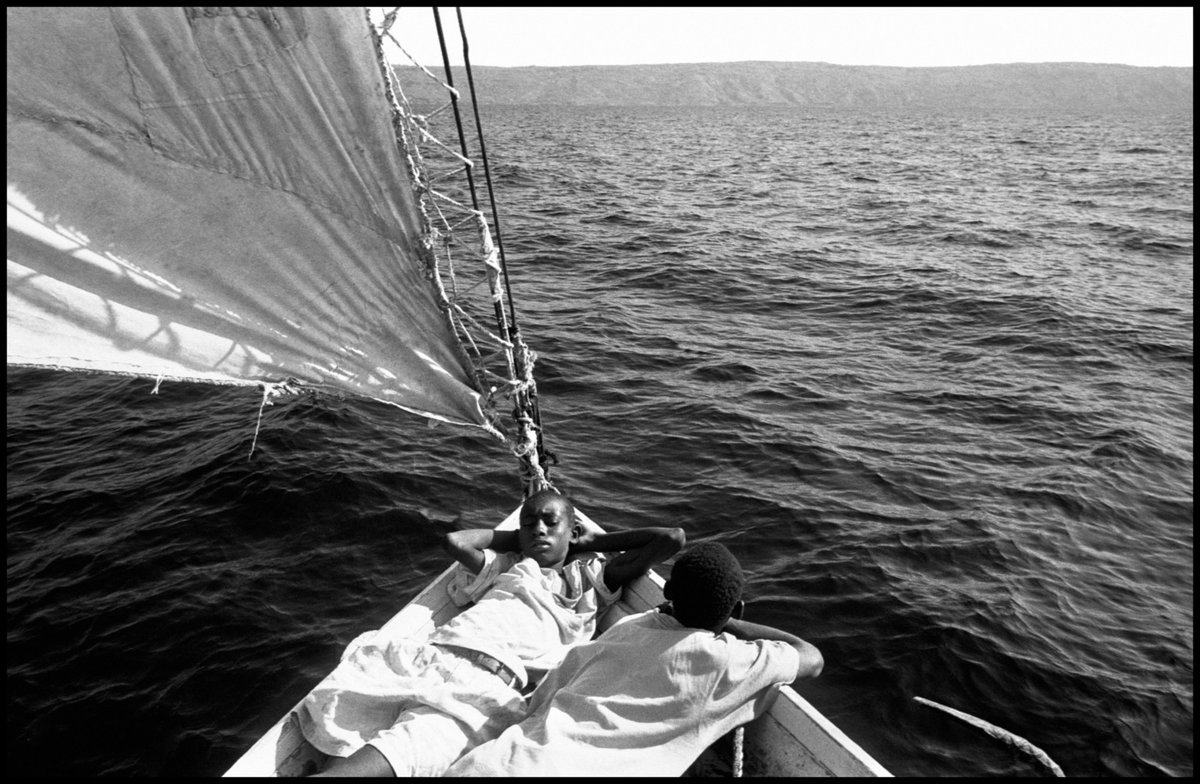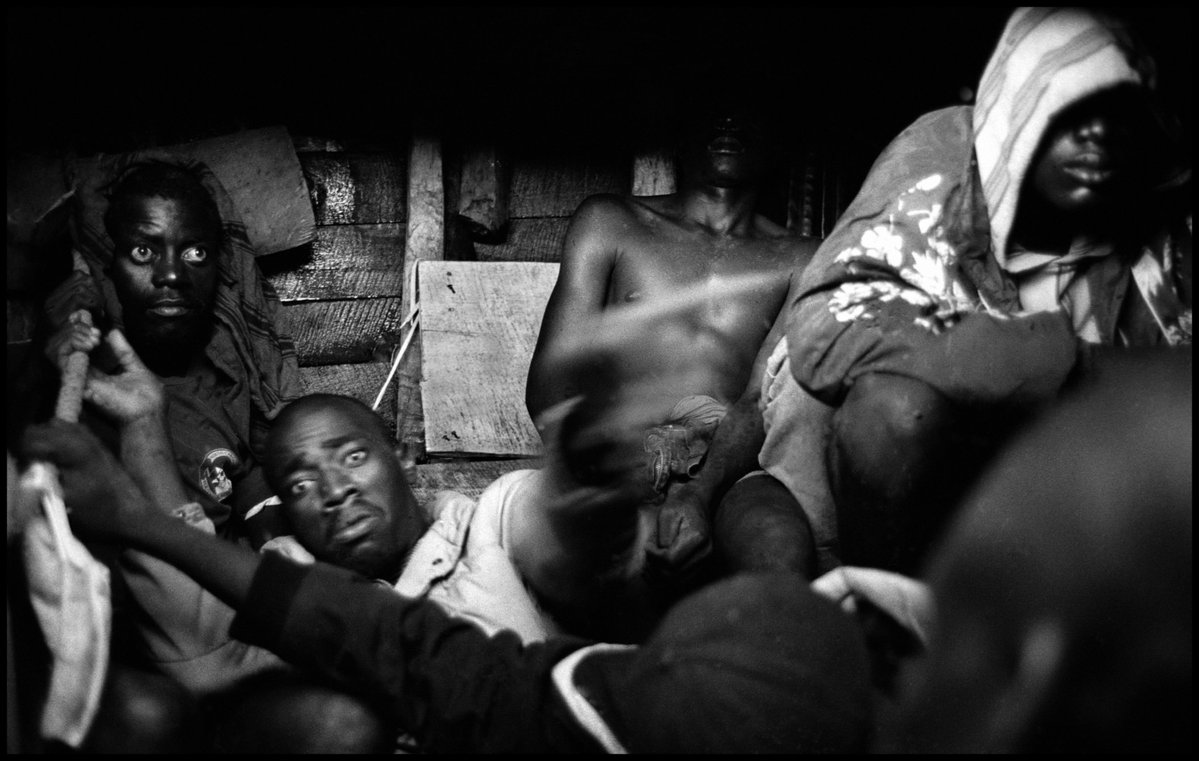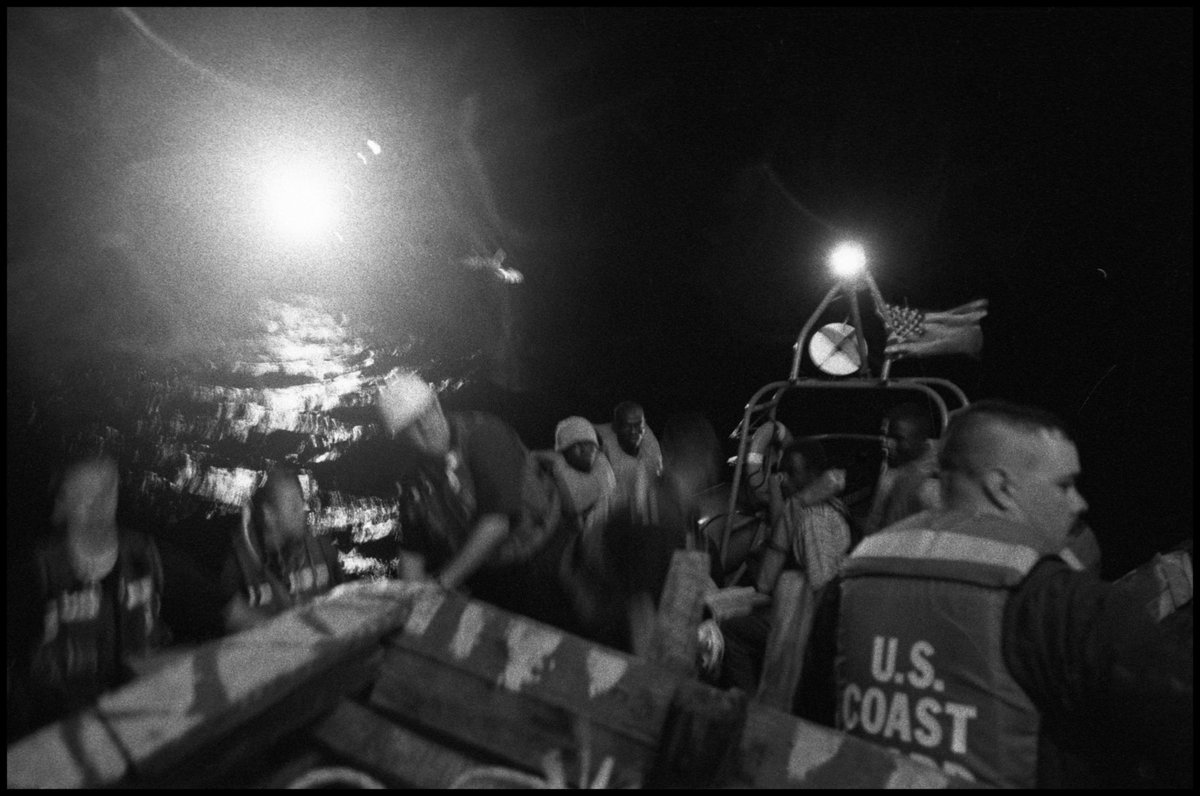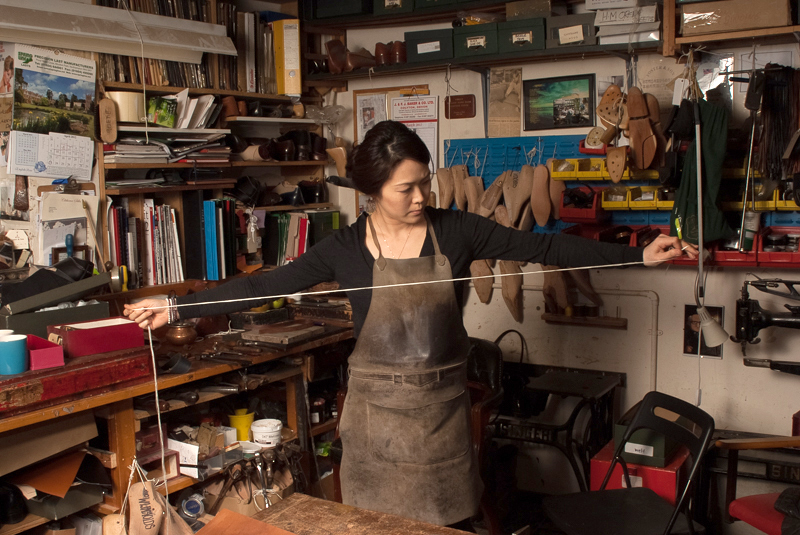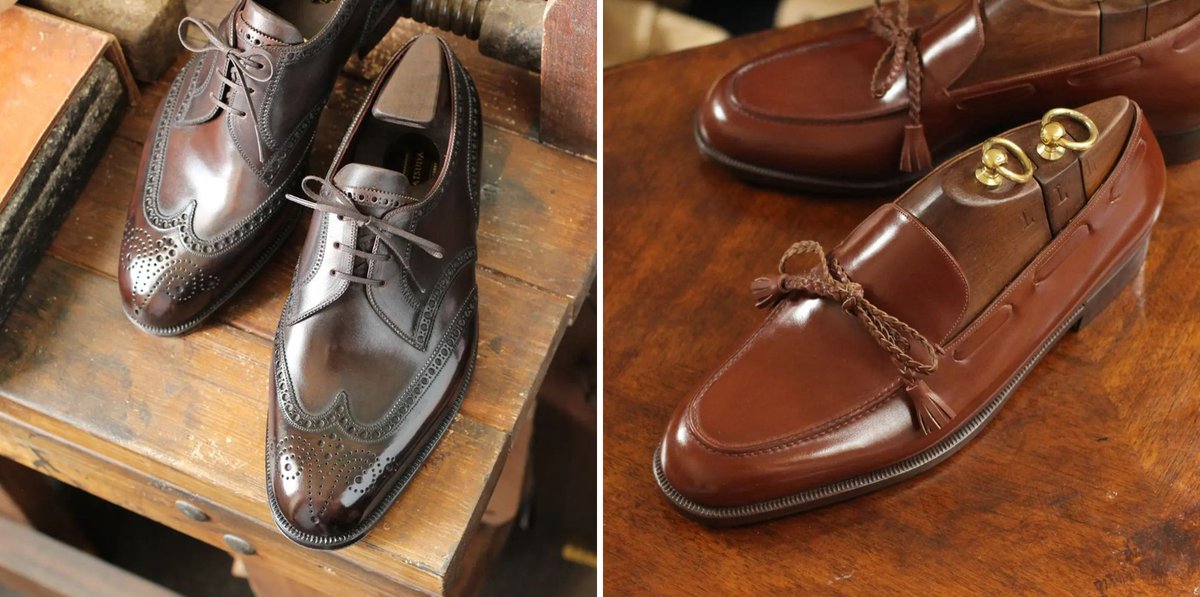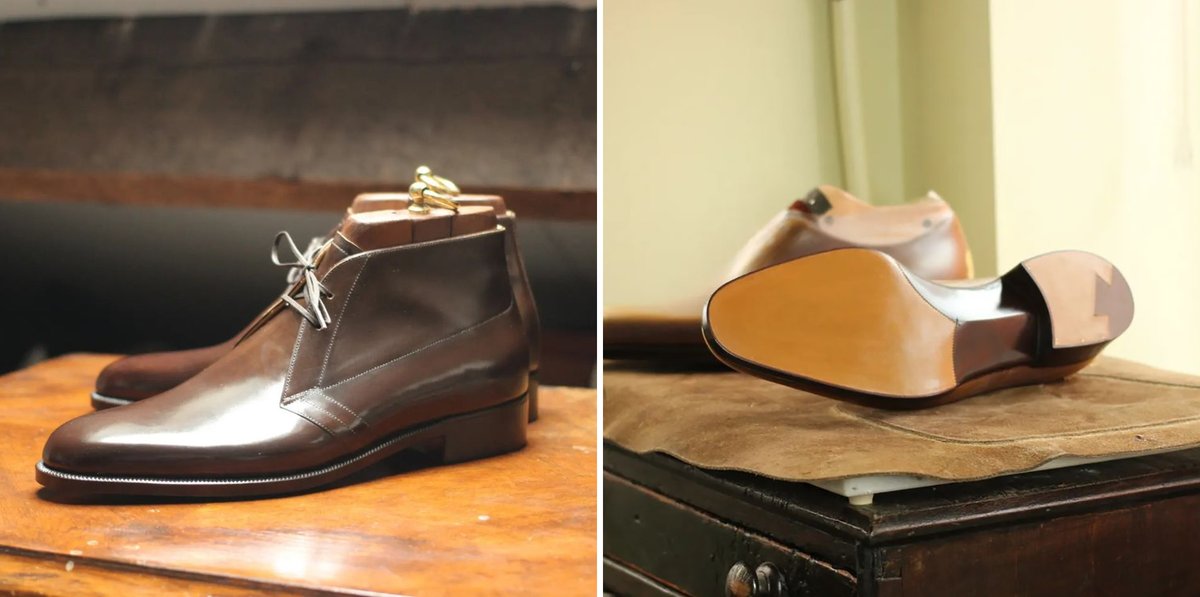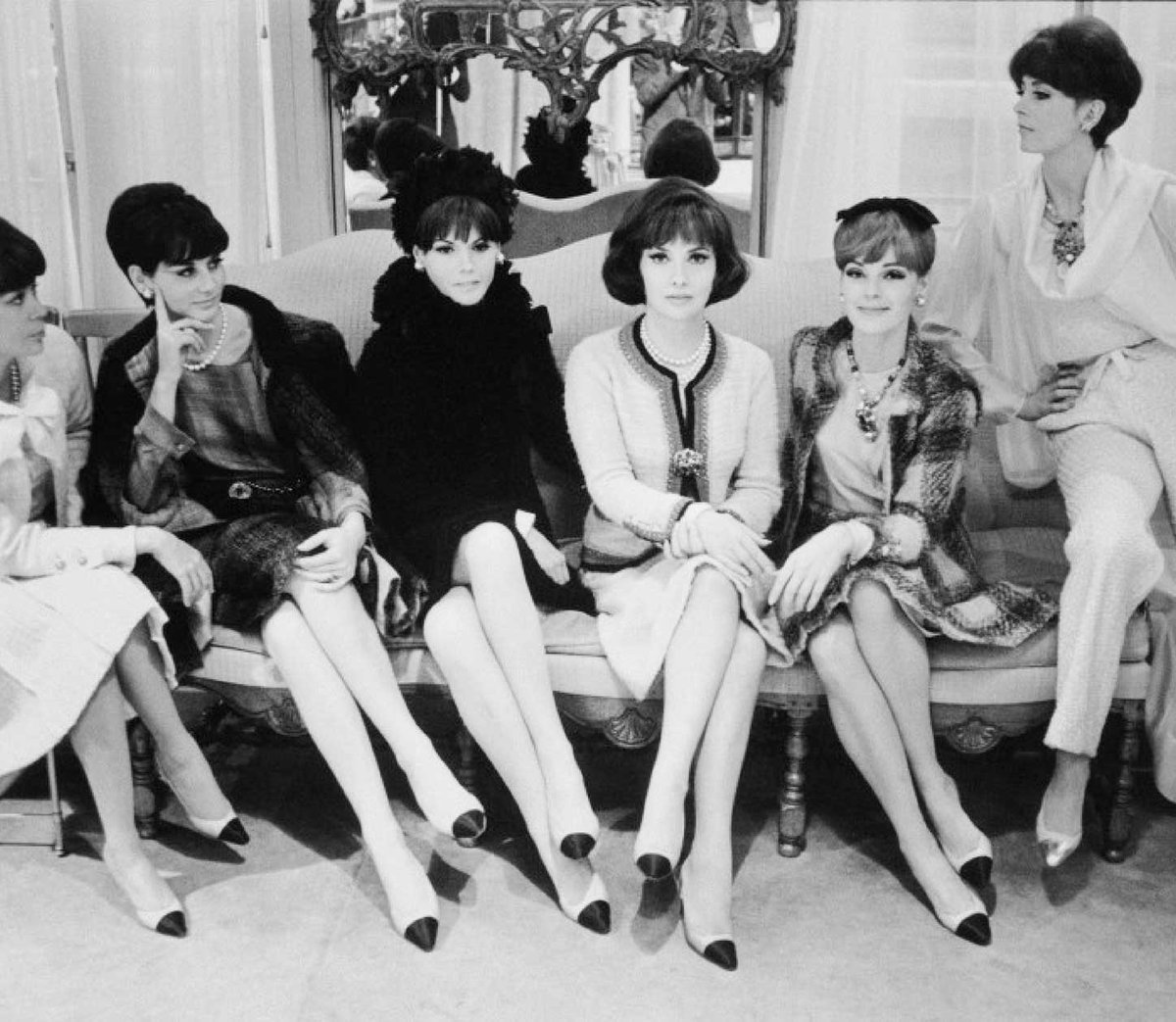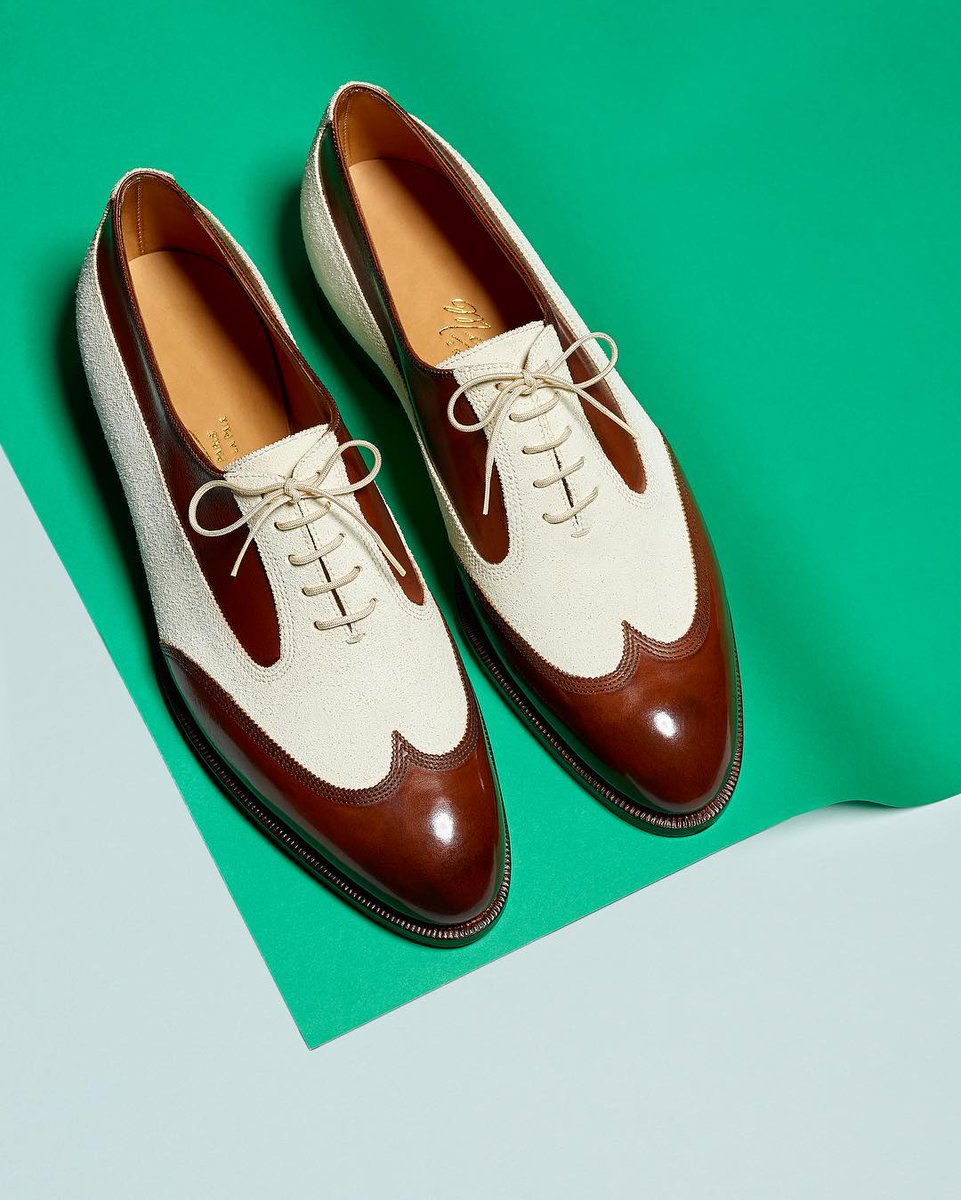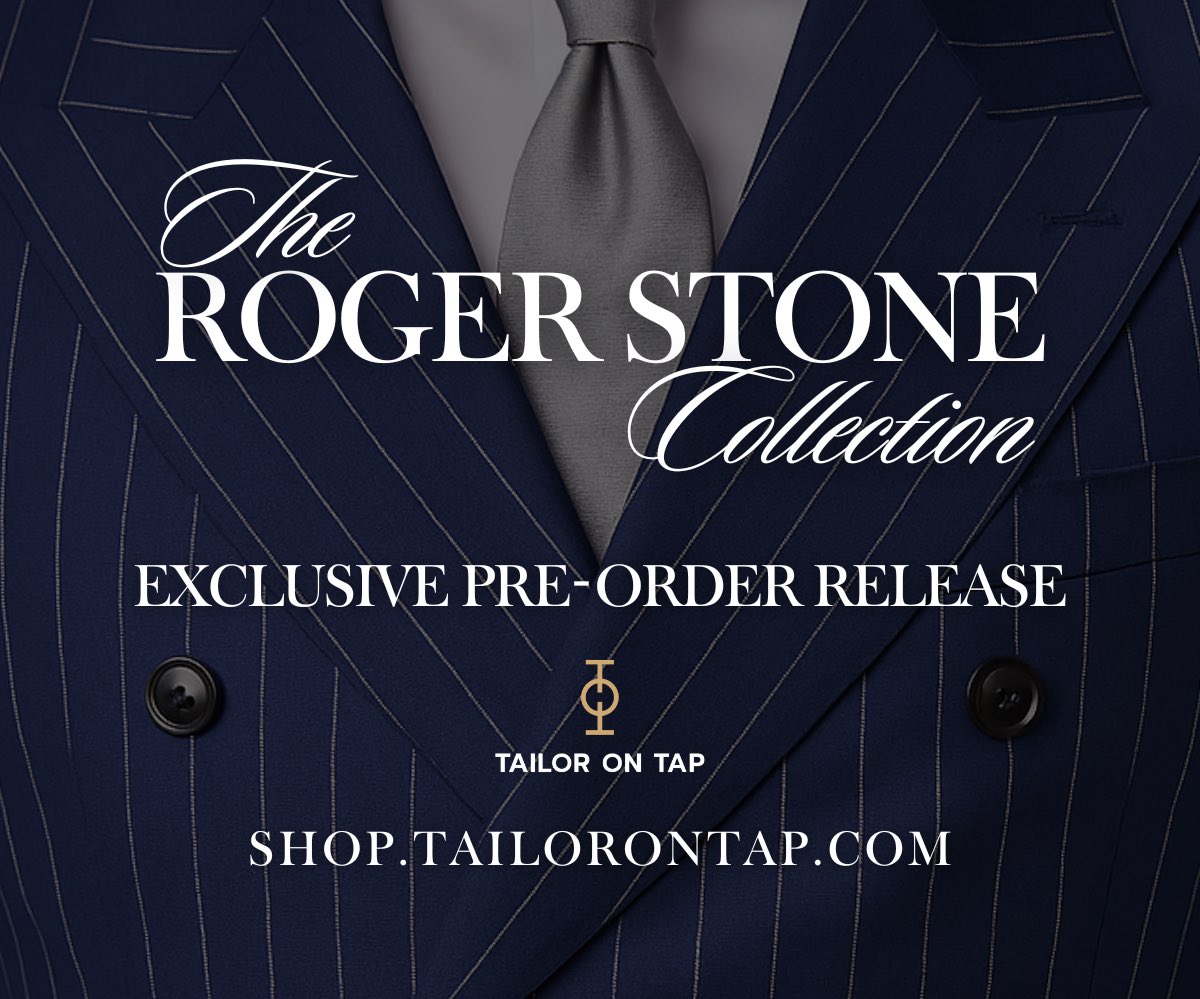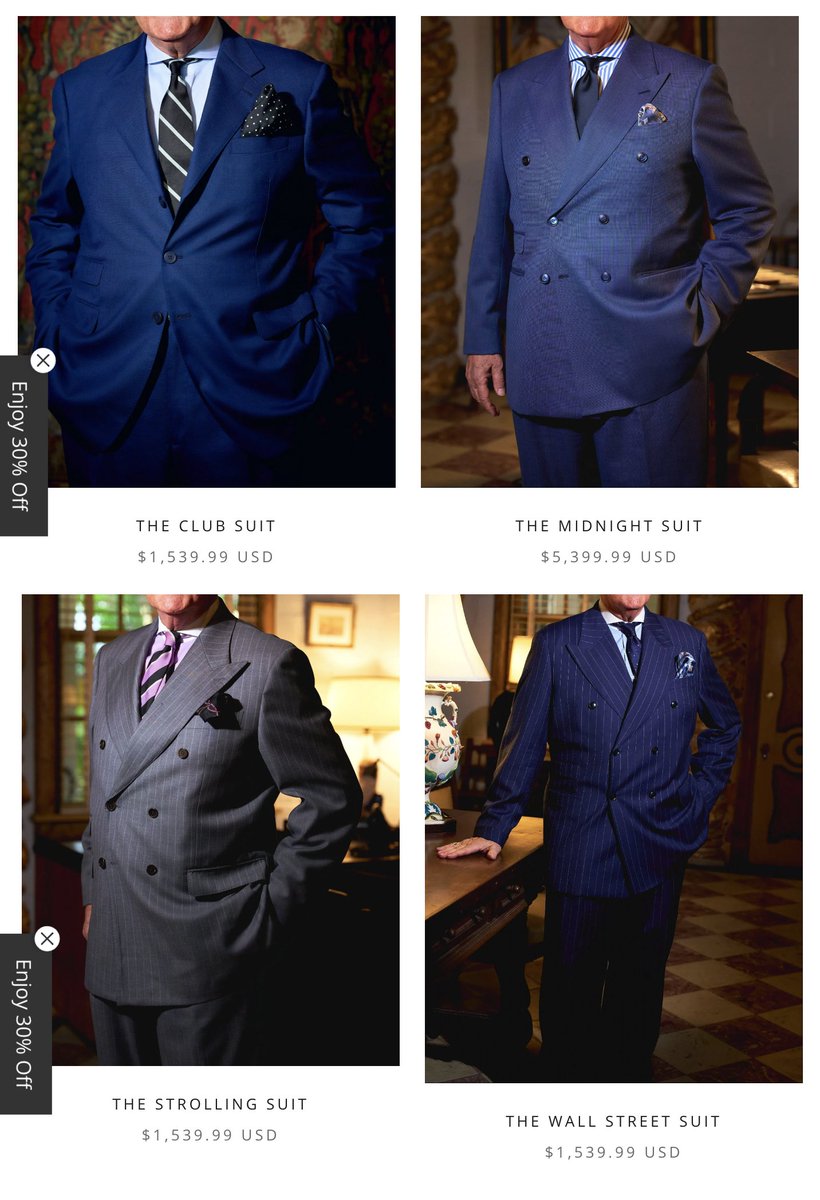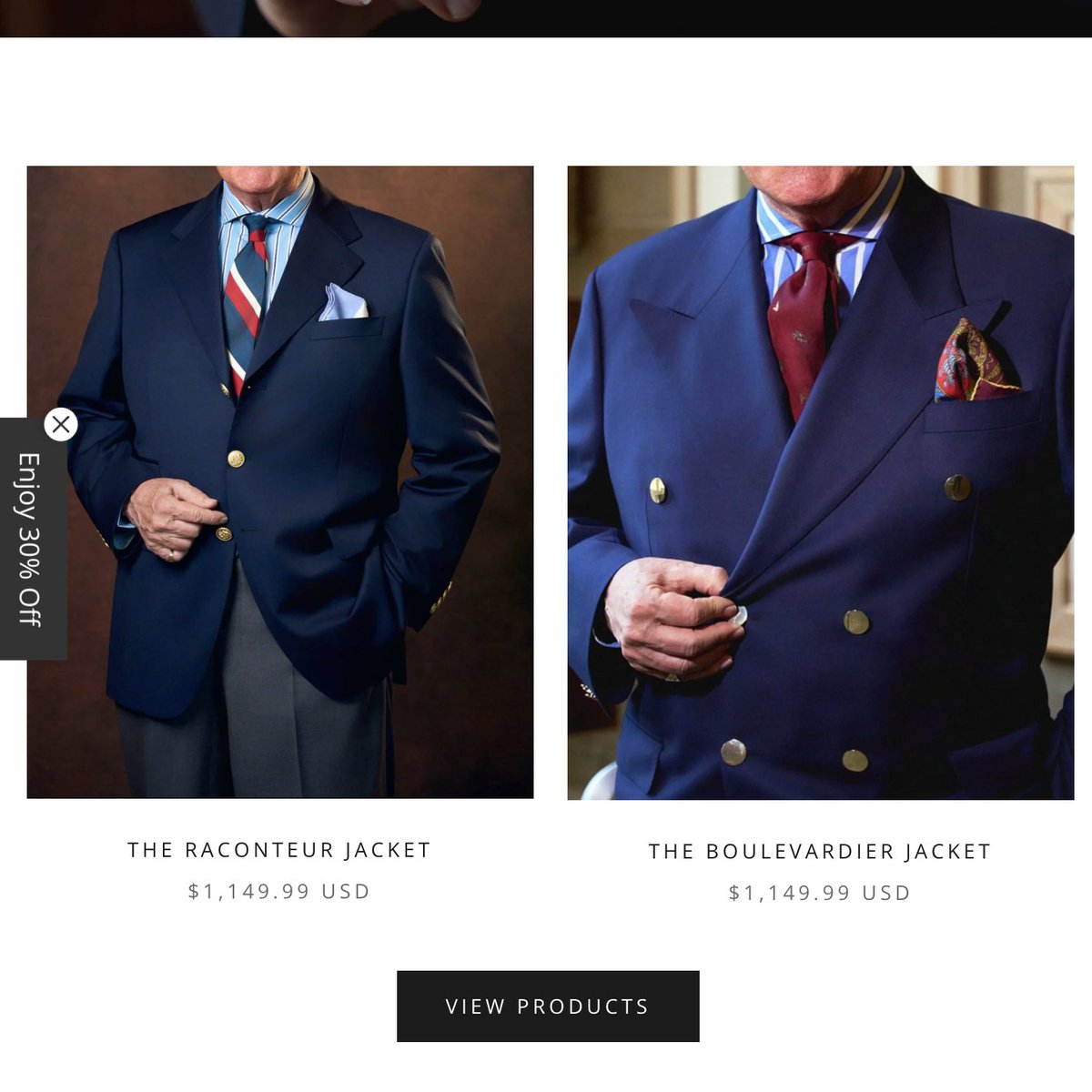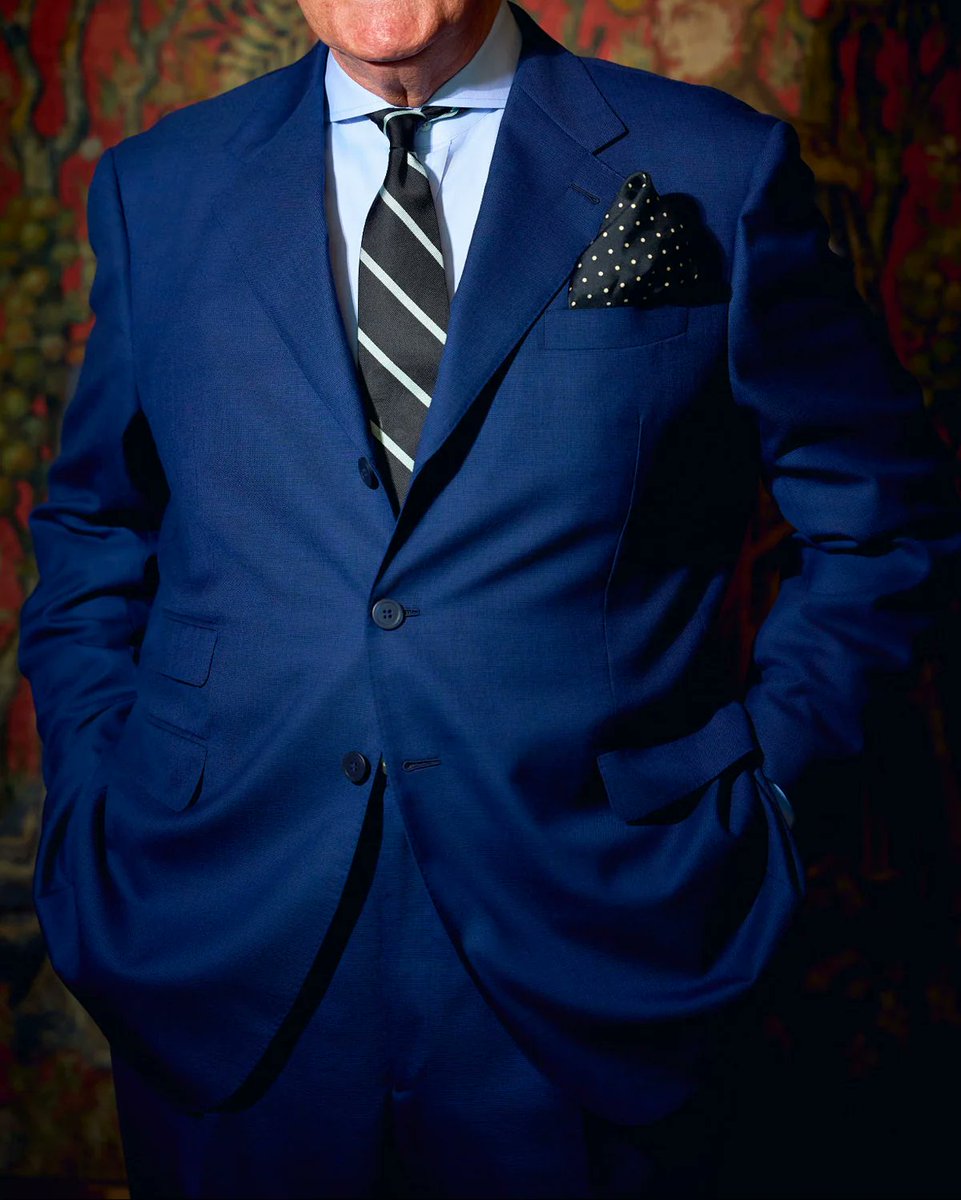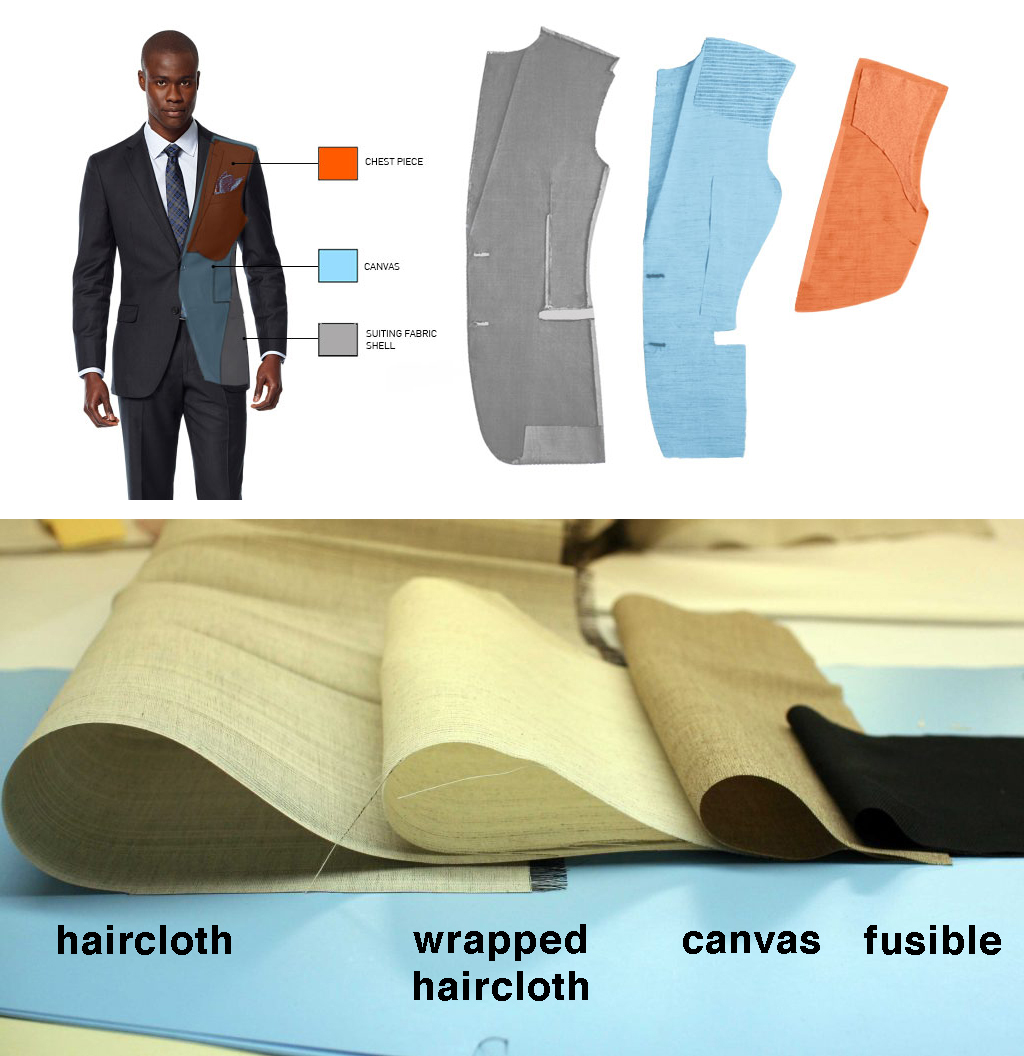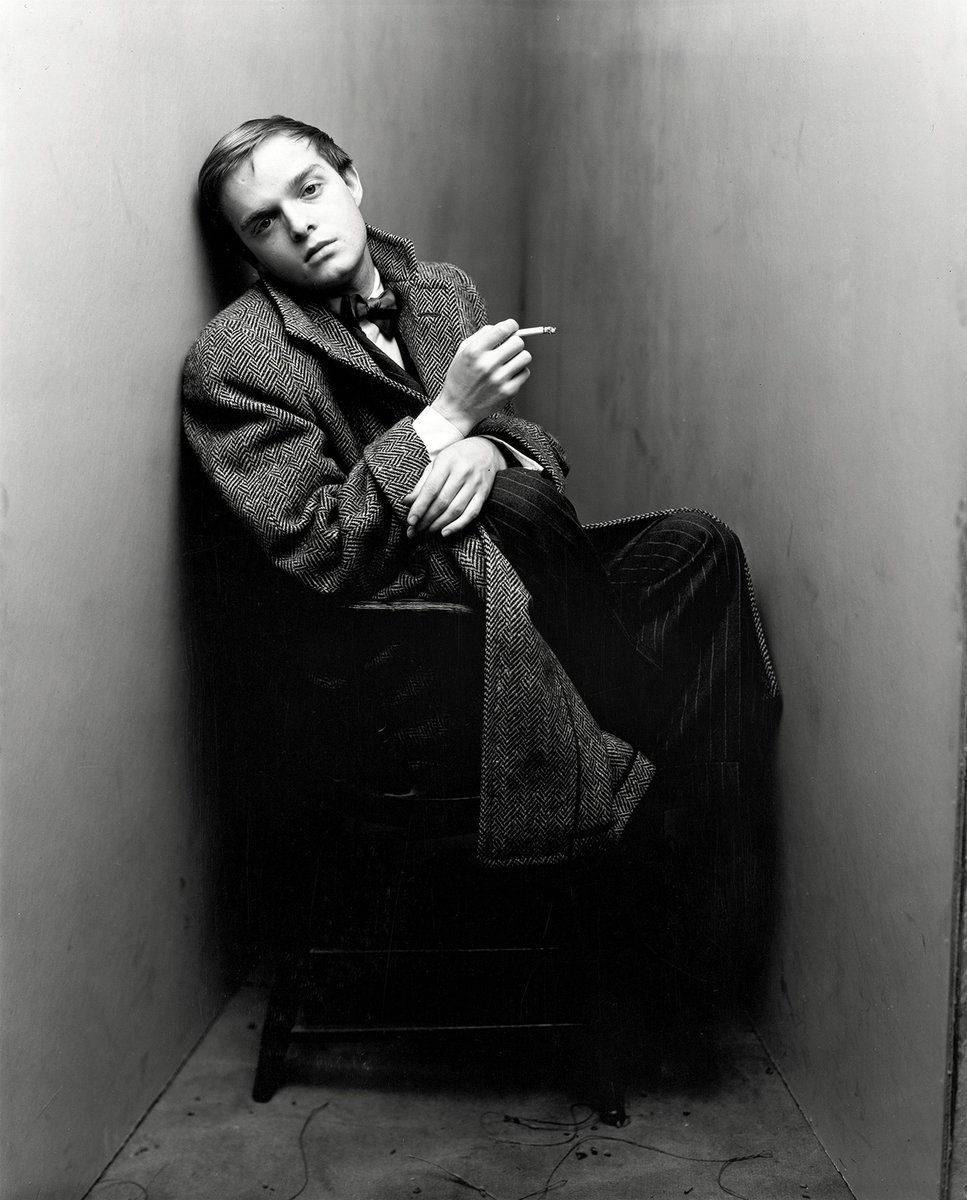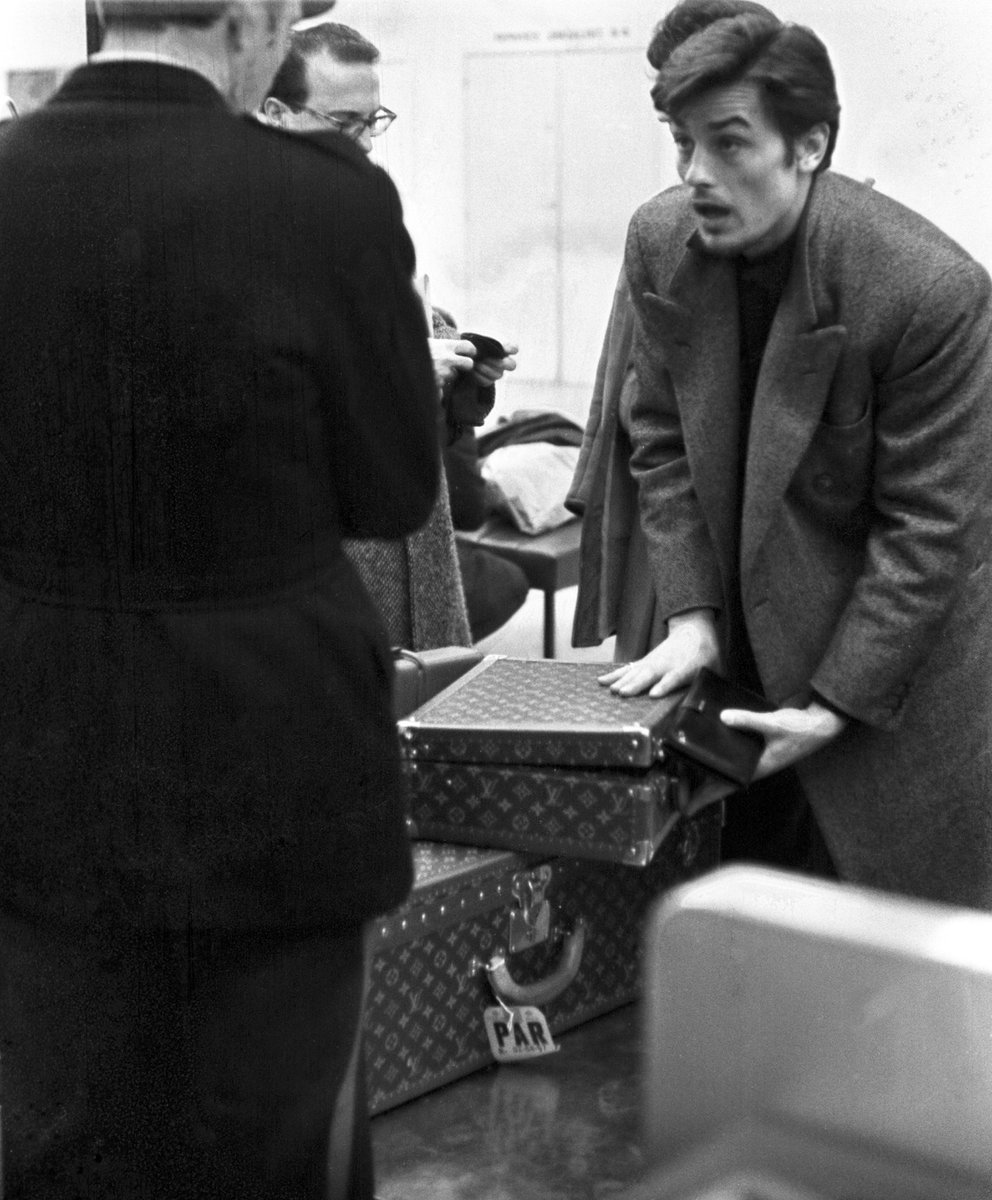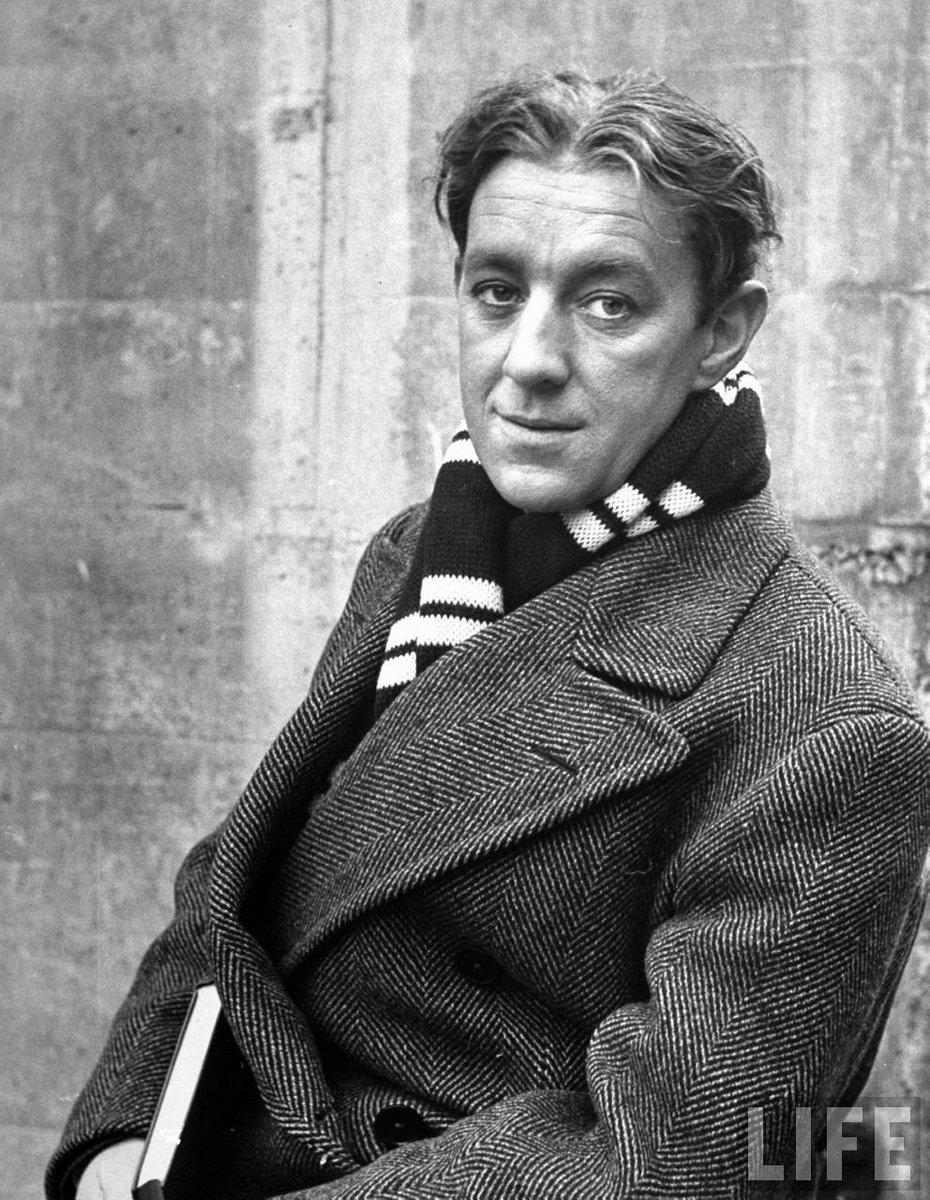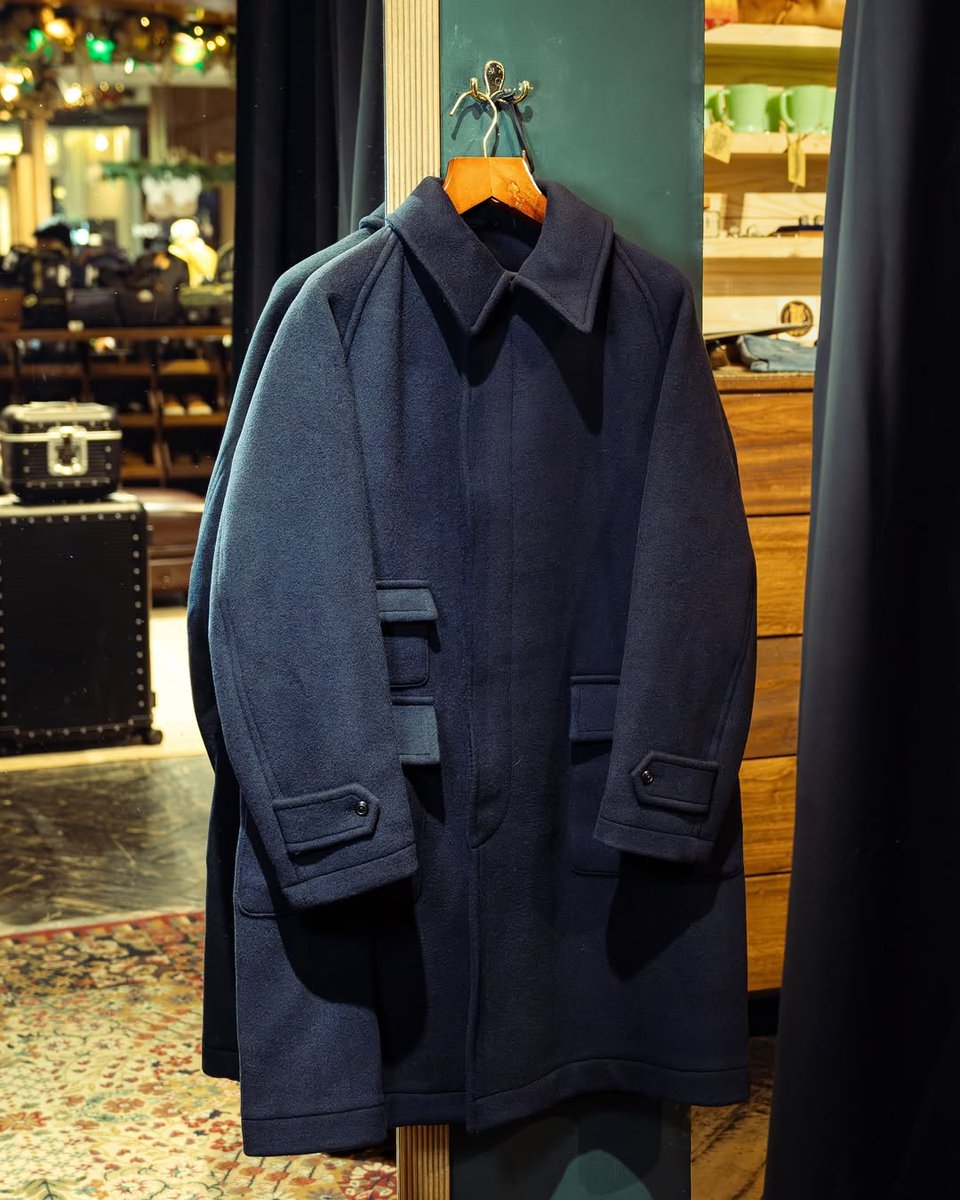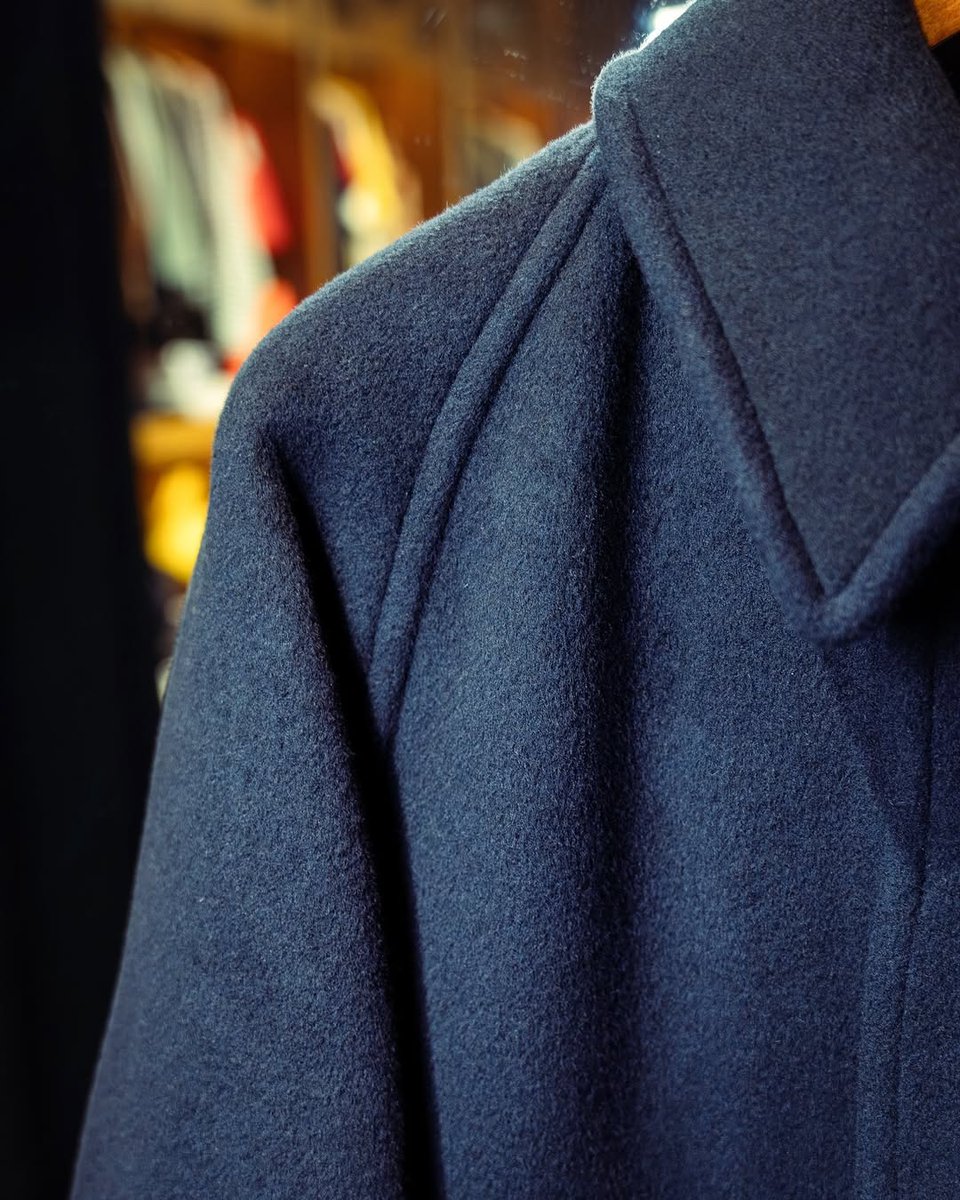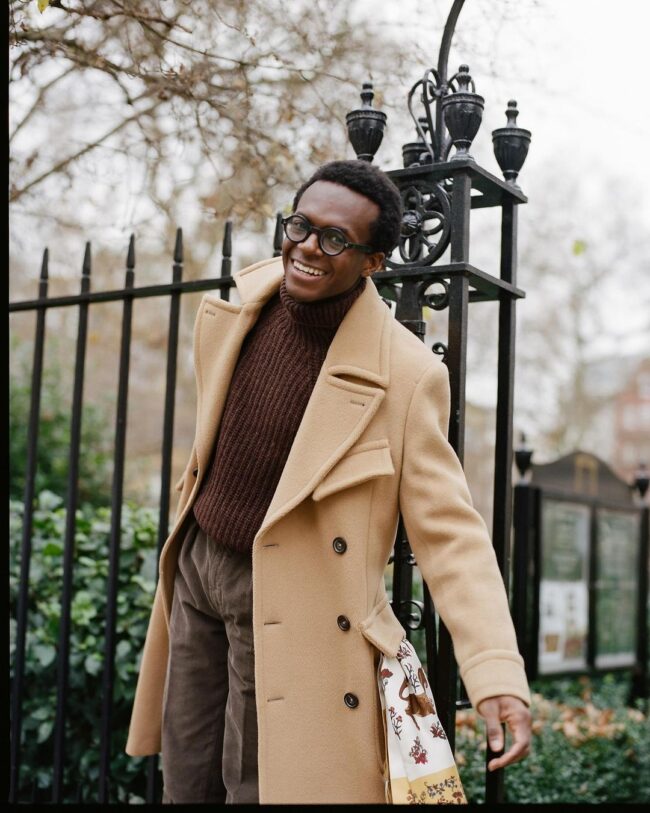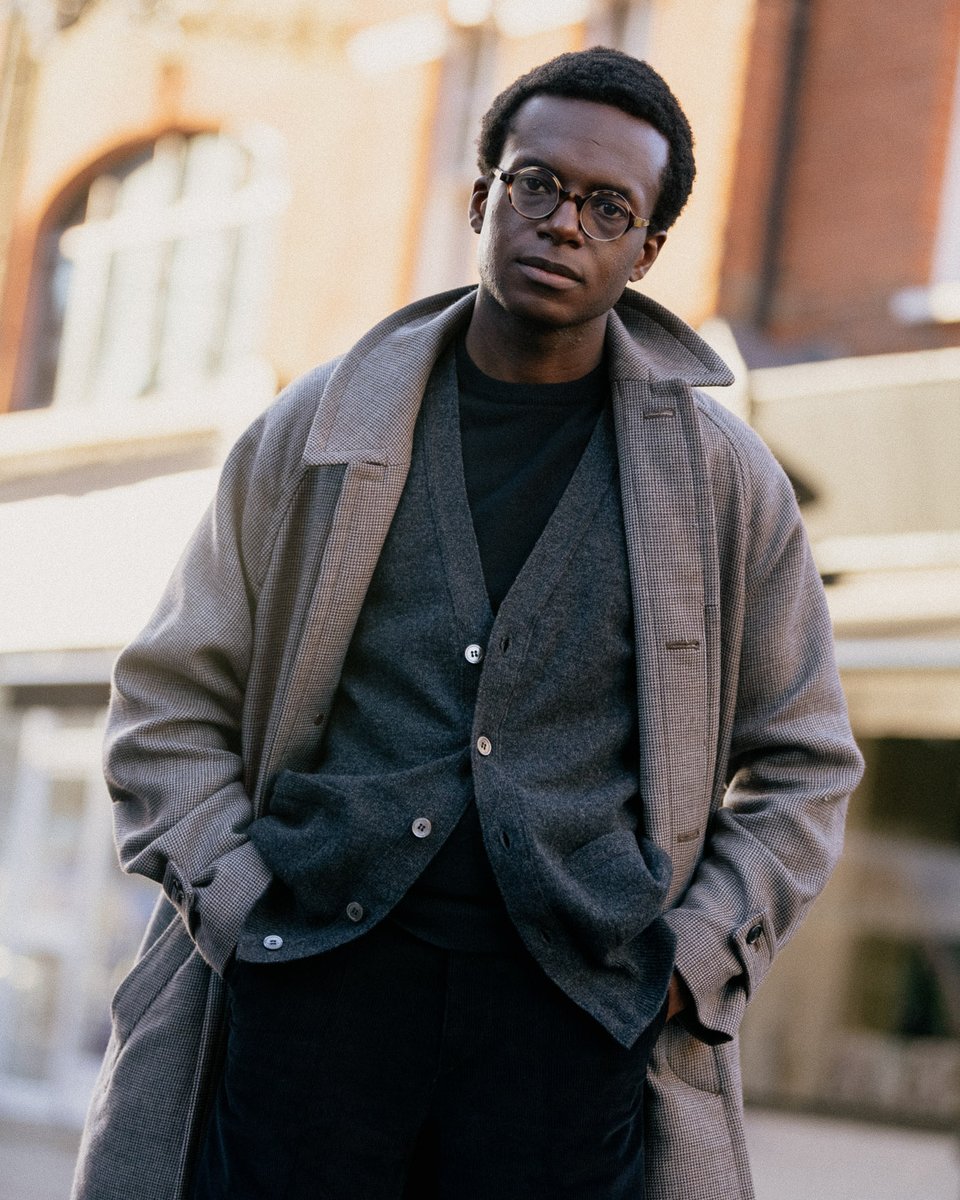DRESSING FOR LARGER MALE FIGURES 🧵
Want to do a quick thread on how to dress if you're a larger guy. There's not a lot of info or inspiration online about this, and I feel this leads people to think that they don't have options or can't dress well bc of their body type.
Want to do a quick thread on how to dress if you're a larger guy. There's not a lot of info or inspiration online about this, and I feel this leads people to think that they don't have options or can't dress well bc of their body type.
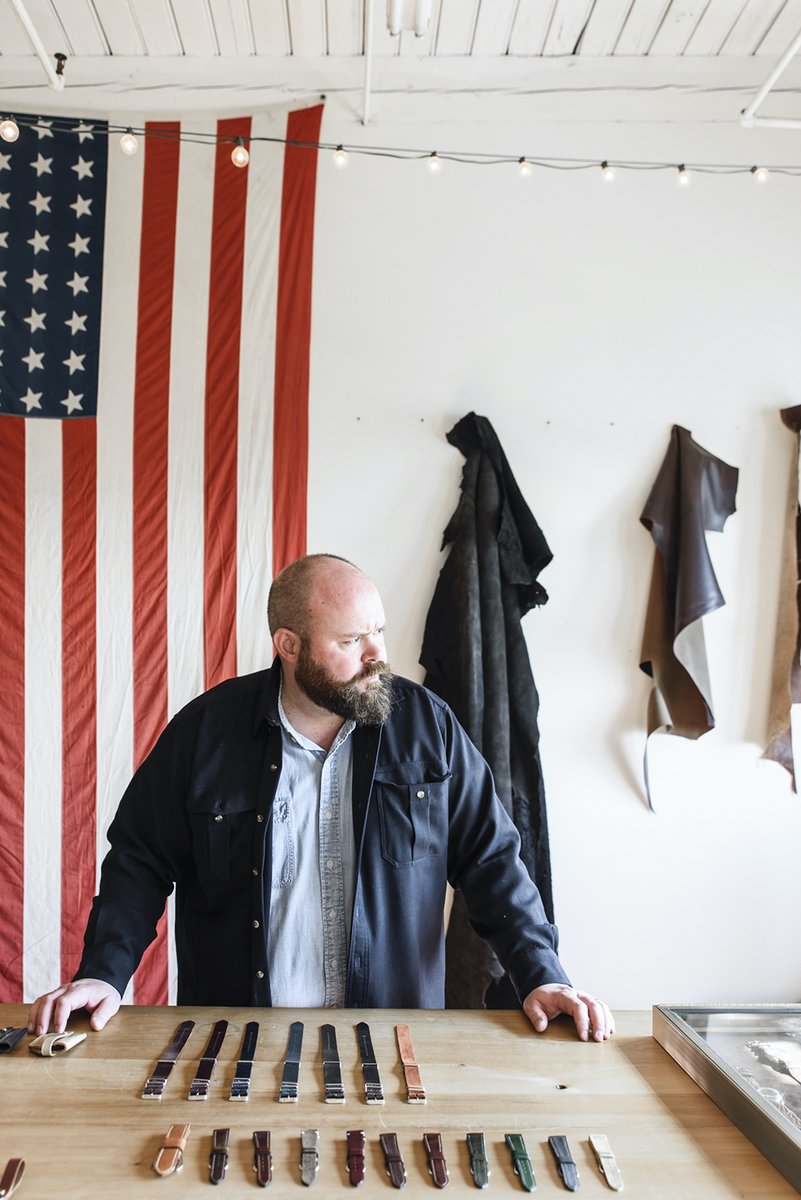
First, why don't we have much inspo online? Few reasons:
1) Fashion industry doesn't include larger male models
2) Not many well-dressed men in general. So the subset of stylish, large guys who post online is small
3) A hidden reason: a problem with grading
1) Fashion industry doesn't include larger male models
2) Not many well-dressed men in general. So the subset of stylish, large guys who post online is small
3) A hidden reason: a problem with grading
Grading refers to how companies create paper patterns for new sizes. A pattern is like the architectural blueprint for any garment. A company will create a sample (typically in size 40) and then grade up and down to get the patterns for sizes 36, 38, 42, and 44. 



Once you hit a certain size, you can't grade from a size 40 w/o throwing off proportions. You have to create a new pattern. Many companies don't do this bc it costs $. Combined with the slim-fit trend, this has led a lot of larger guys to have bad shopping experiences.
Dressing is also very personal and can bring out our insecurities. Whenever I tweet about a certain style (e.g. double-breasted suits or long coats), someone will say "can't wear that if you're big" or "can't wear that if you're short."
There is such a thing as dressing for your body type. But I feel that, bad shopping experiences and insecurity can lead a lot of guys to feel like they have to wear anonymous clothes. When someone says, "I don't think I can wear that," I hear, "I don't want to be perceived."
So how can you dress well if you're a larger dude? Let me introduce my buddy David, who is one of the best-dressed guys I know. He's a high school art teacher and leather craftsman who lives in Rochester, New York. 

When David teaches, he wears tailored clothing. But since we live in a dressed-down world, he mostly relies on sport coats instead of suits. The tailoring here fits well: no puckering or pulling. Clean drape across the chest. Coat ends halfway btw collar & floor. Very classic! 







He also wears suits for fun. Again, notice the proportions on this black corduroy suit: high-waisted trousers to lengthen the leg line (low-waisted trousers are unflattering on heavier men). Coat buttons comfortably. Lapel ends halfway btw collar and shoulder seam. 



When you're a larger dude, tailoring often doesn't have enough cloth at the front. So when you look at yourself from the side, the front of the coat's hem will be higher than the back. This is bad. The hem should be even. Or the front can be lower than the back. 
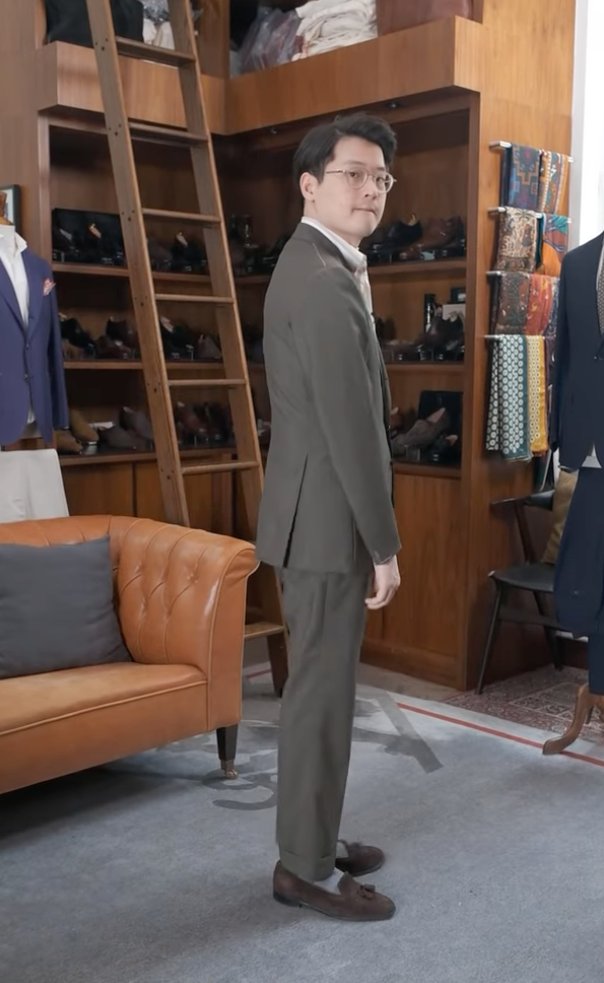
The other thing you'll notice is that David is not wearing super slim-fit pants. Slim-fit pants often create a disjointed silhouette from your torso to your legs. Hollande below looks like a popsicle stick. Akihito's silhouette is better bc the jacket flows into legs. 

For casualwear, David relies on workwear. I think this is great bc it plays to his strengths. IMO, larger or athletically built guys often look better than very slim guys in their workwear. Their build works with the style. This is better than trying to squeeze into Saint Laurent 




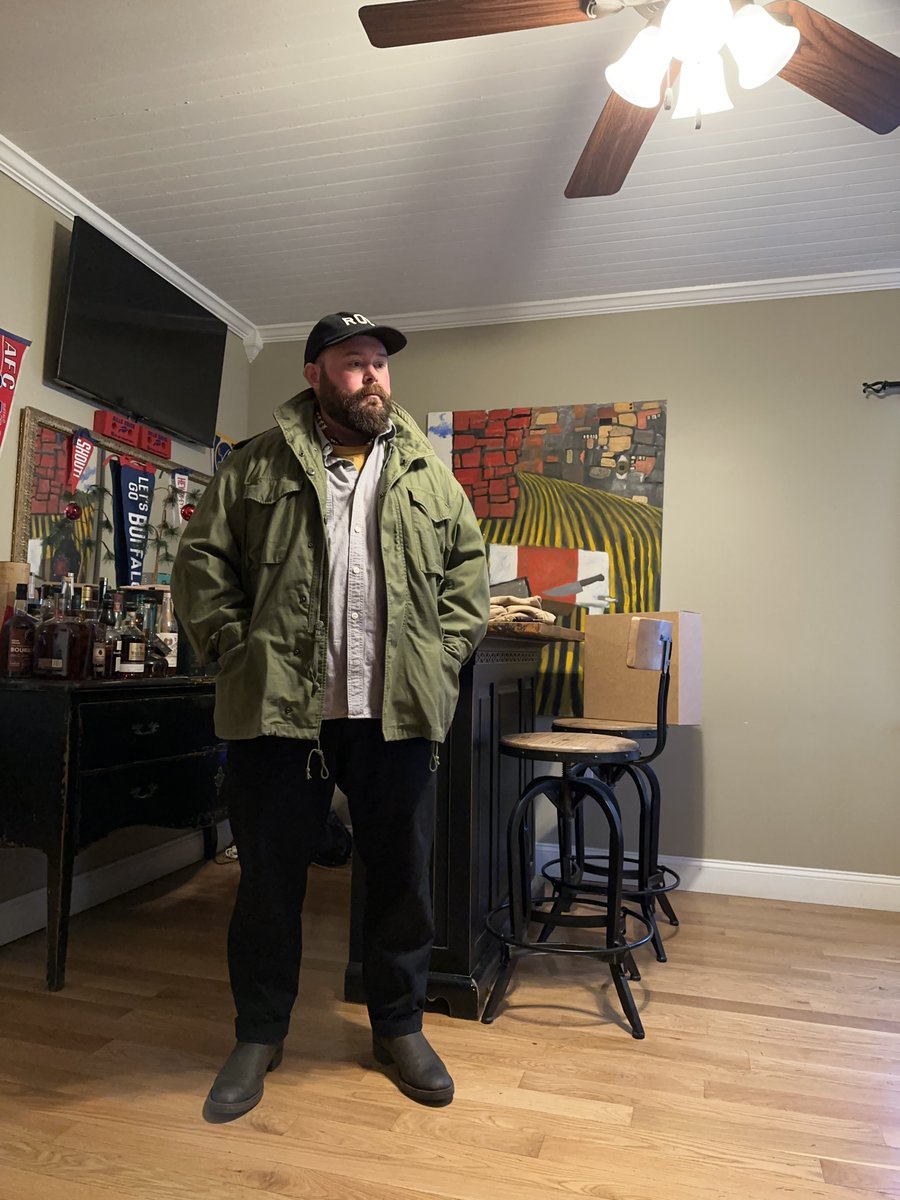


These sorts of casual fits are also great for his other job, working as a craftsman who makes custom leather watch straps. You need to dress for a lifestyle. But again, notice that the proportions fit him, and they're not overly slim. Combos are coherent and not wacky. 


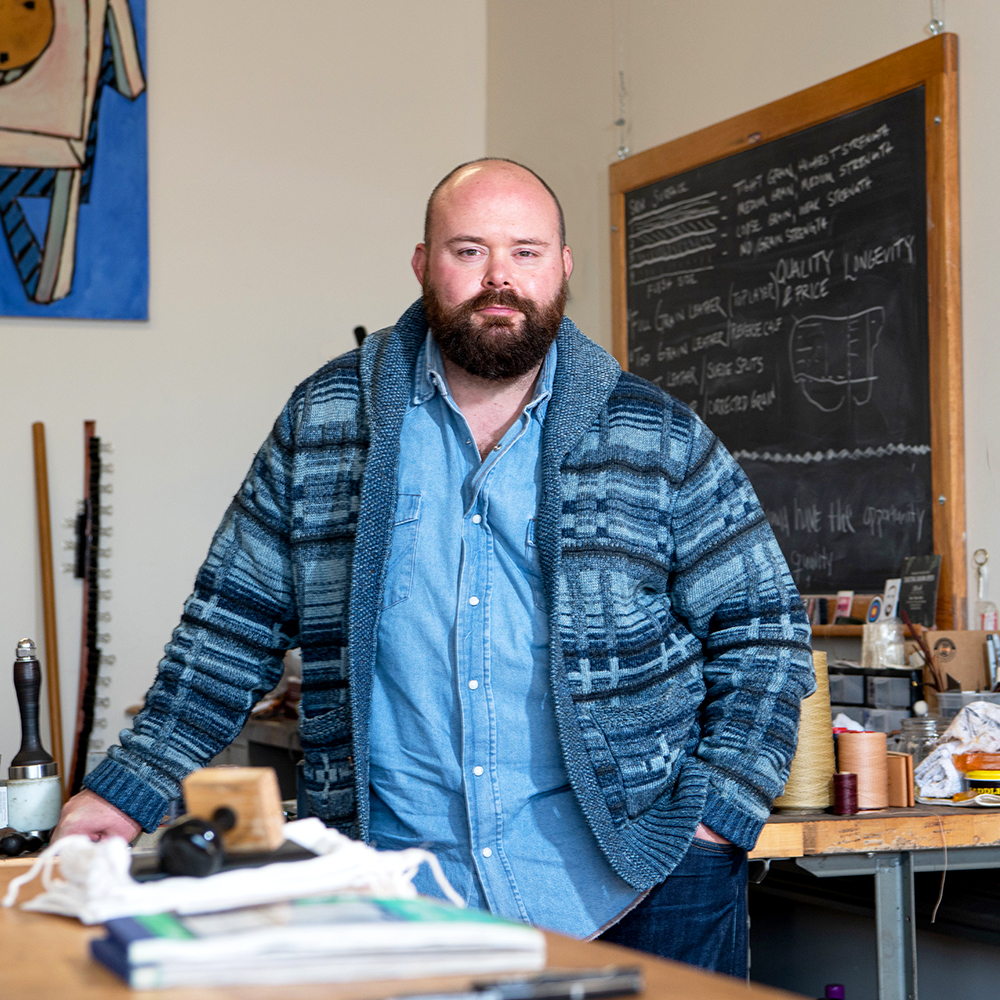


One of the nice things about having a wardrobe composed of tailoring and workwear is that you can easily mix and match. The sport coats here are made from textured materials—tweed and hospack—which looks coherent with denim (don't wear smooth suit jackets with jeans). 



Something to notice is that David's style is not anonymous. It's not just flat-front chinos with a dress shirt. His tailoring fits well, he has some fun suits (black corduroy), and his casualwear has a point of view (workwear with cool outerwear). Silhouettes are flattering.
But even when he dresses simply, he looks great bc the clothes fit well. Clothes should be built for movement. Don't buy stuff where the top is so small, you can't hug someone. Top so short that you can't reach up, or pants so low rise you can't bend down. 

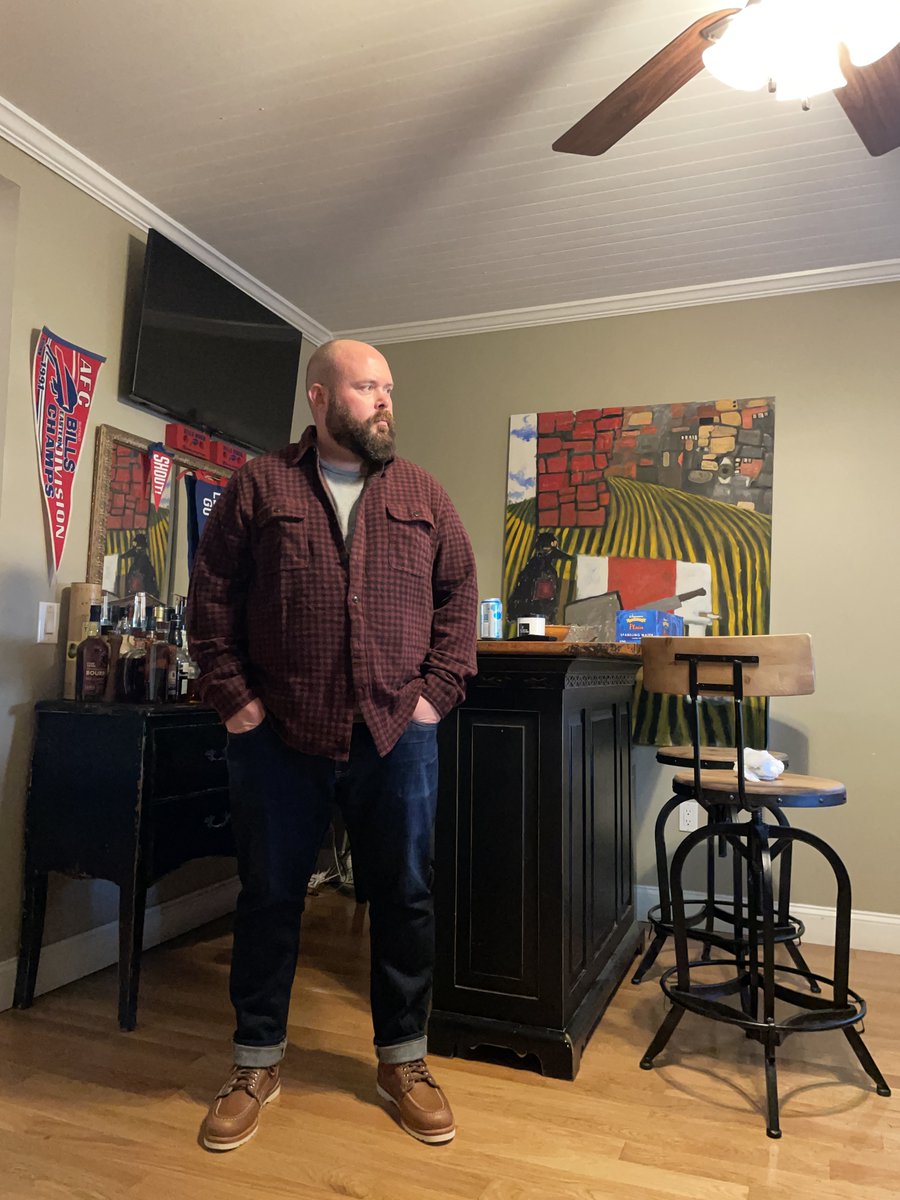

If you're into watches, David makes some of the best custom leather watch straps. He's a watch enthusiast himself and can suggest the right leathers. Everything is hand-sewn by him in NY. Follow him at @davidlanedesign, IG davidlanedesign, and his site:
davidlane-design.com



davidlane-design.com




Don't get discouraged. Find what fits and figure out how to dress to communicate something. Also, find a good tailor.
I once interviewed David about his style. He gave some great style advice. You can read the post here:
putthison.com/real-people-bu…
I once interviewed David about his style. He gave some great style advice. You can read the post here:
putthison.com/real-people-bu…
if you have a specific question for David, you can ask him here:
https://twitter.com/DavidLaneDesign/status/1615879296140165120
• • •
Missing some Tweet in this thread? You can try to
force a refresh






